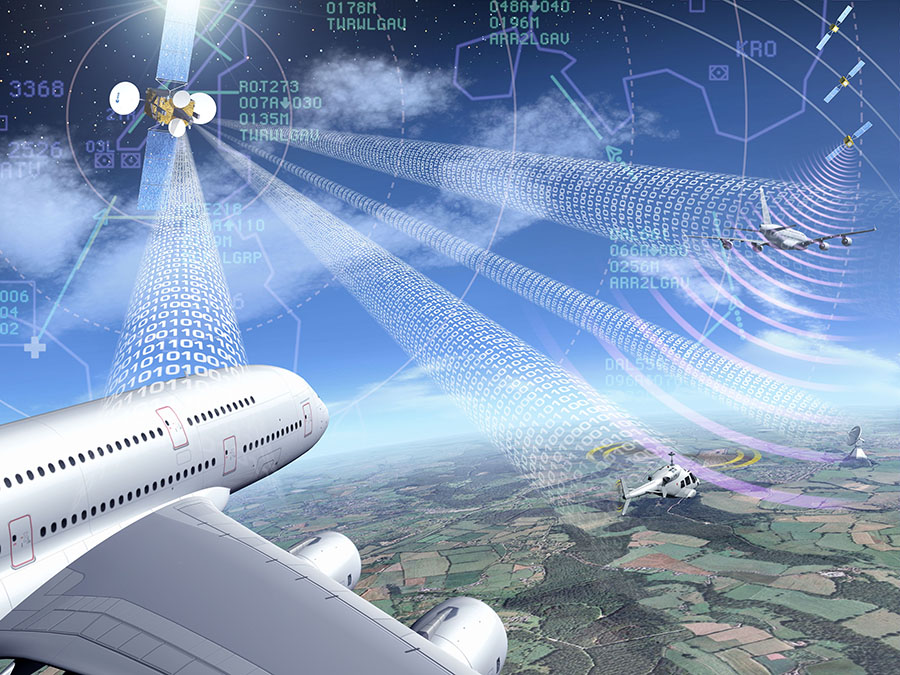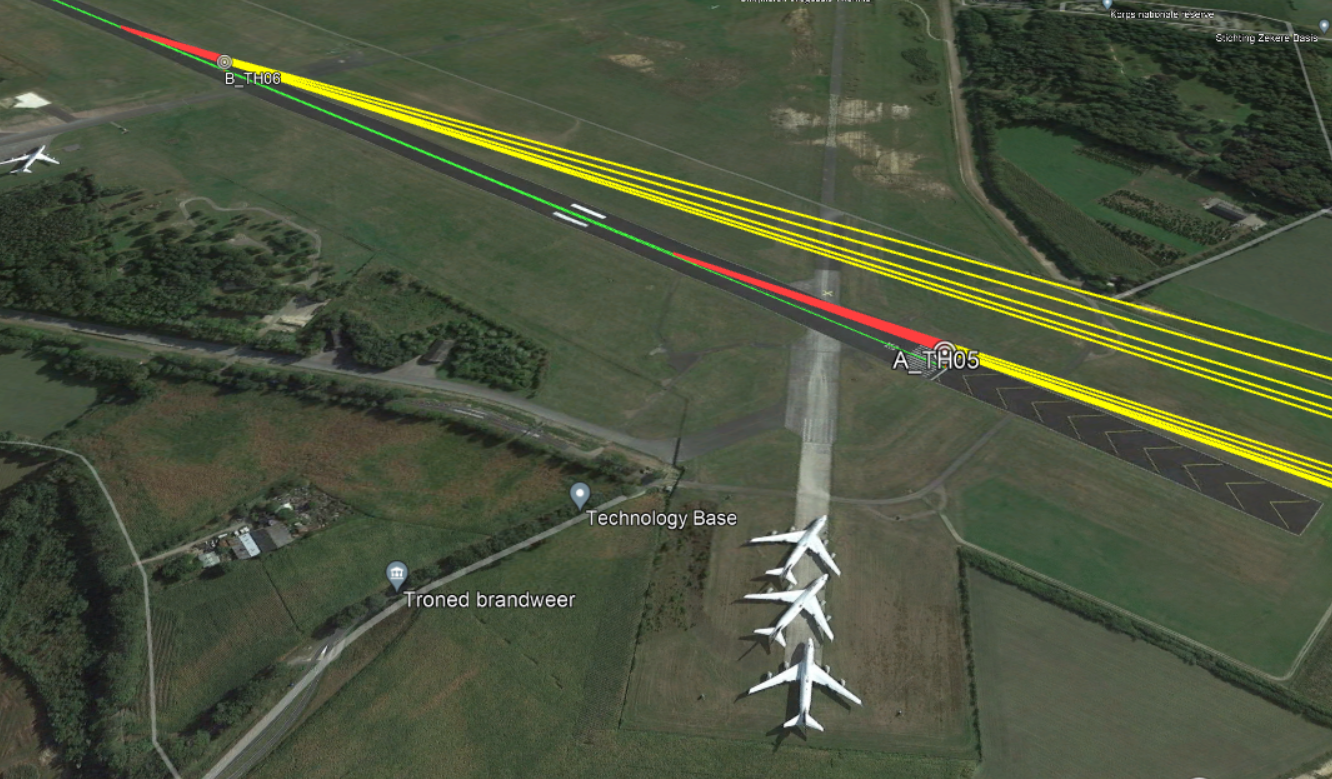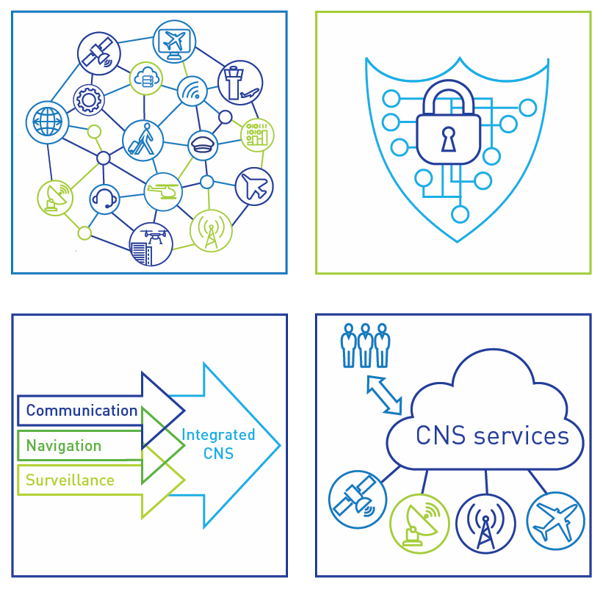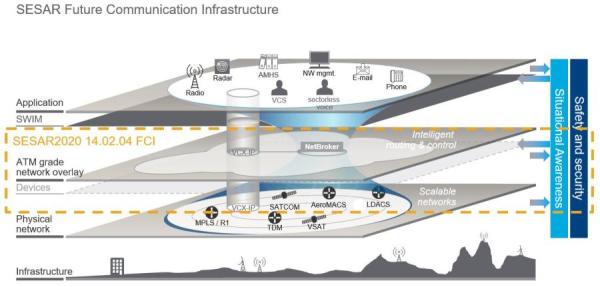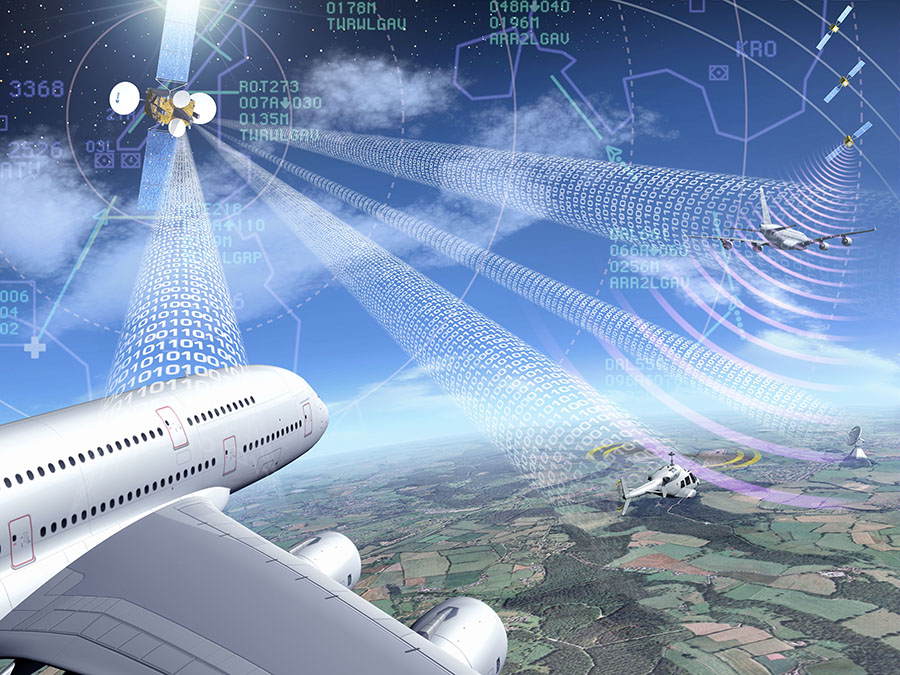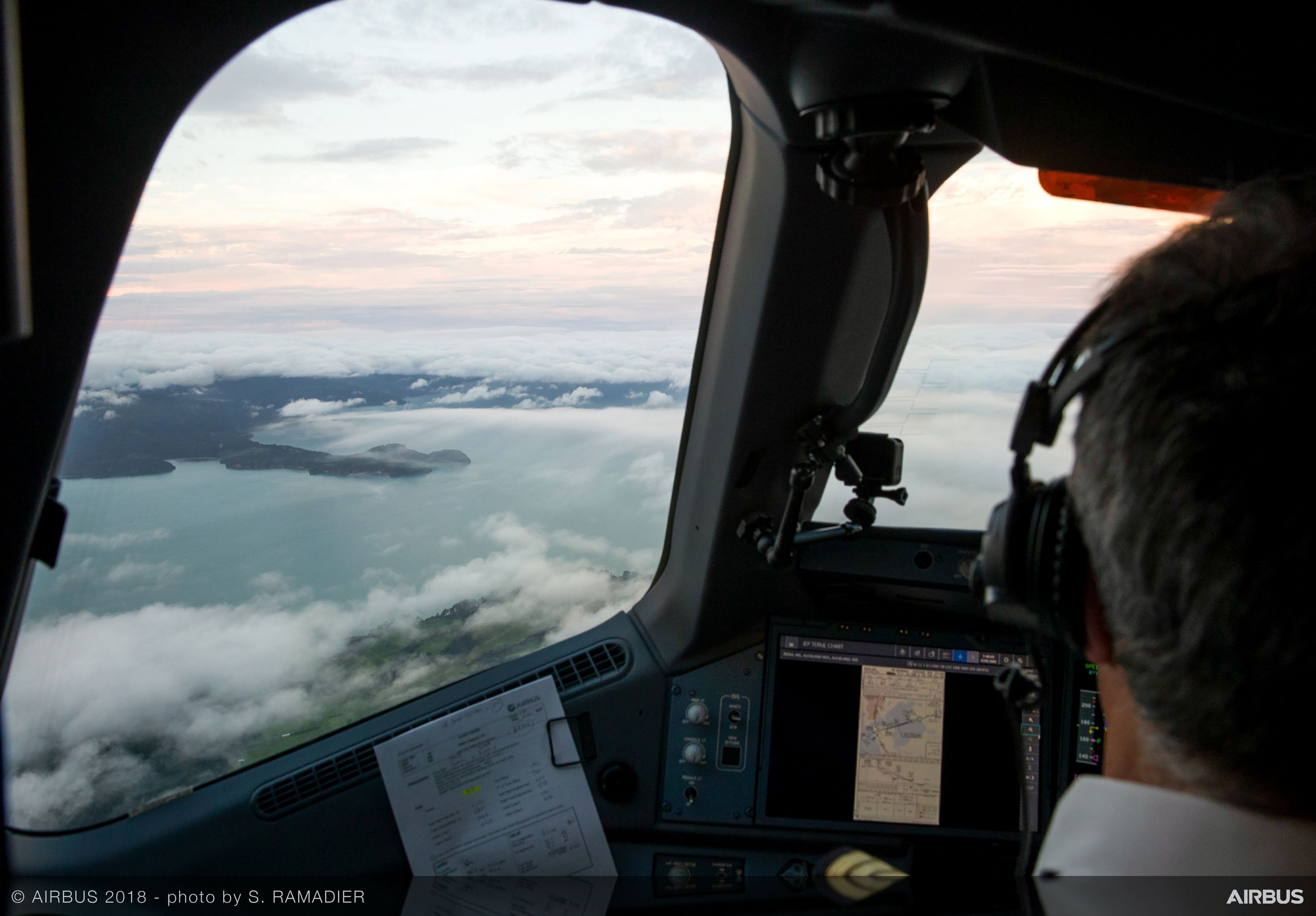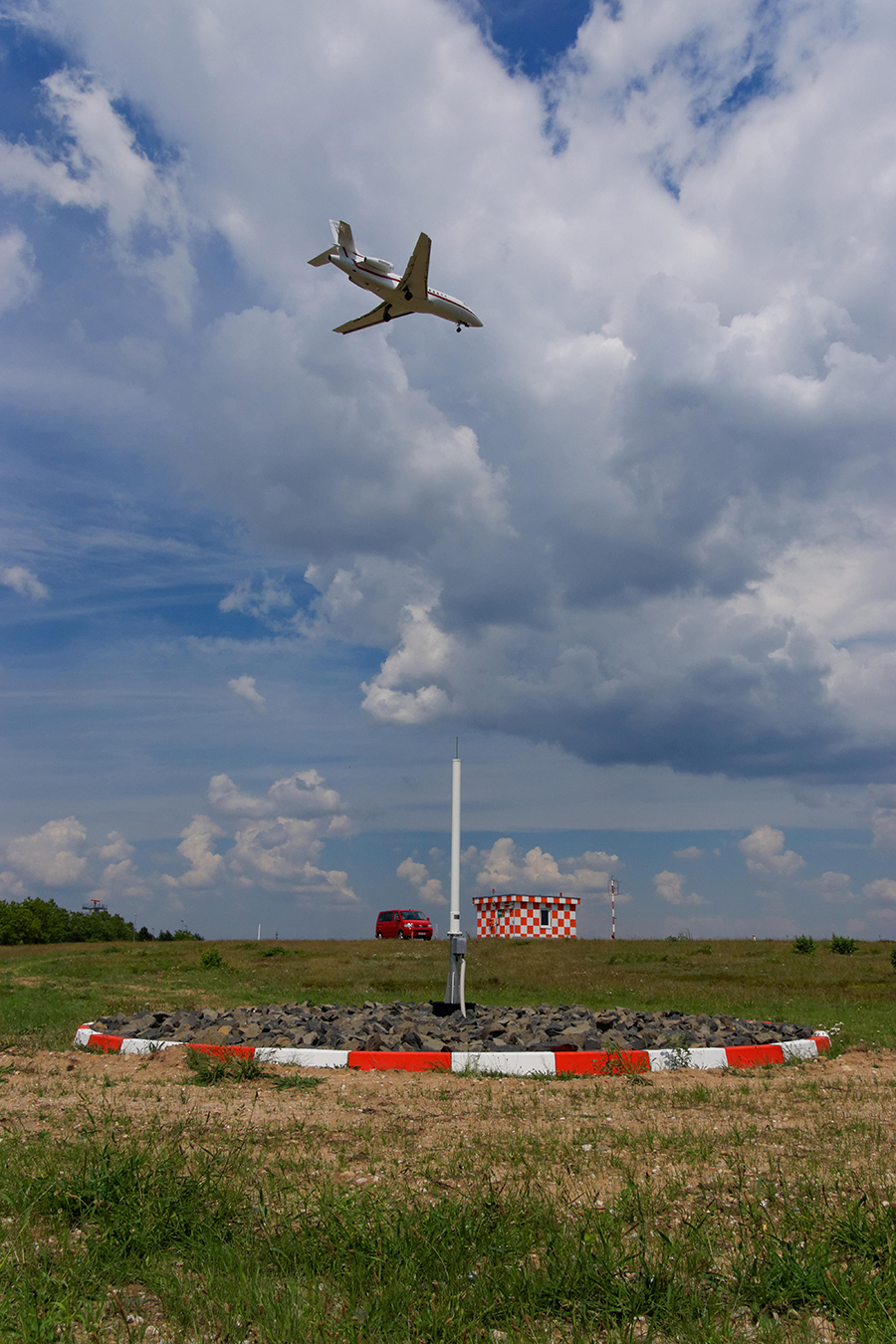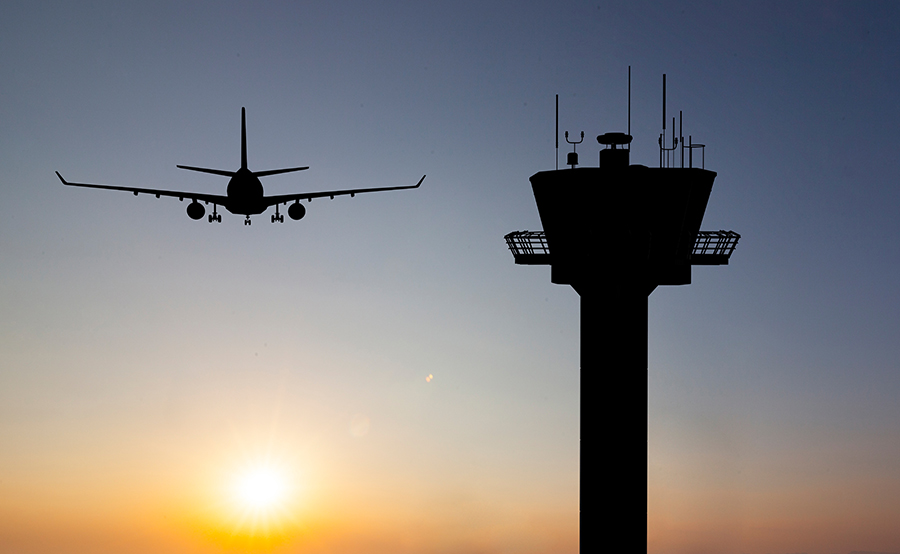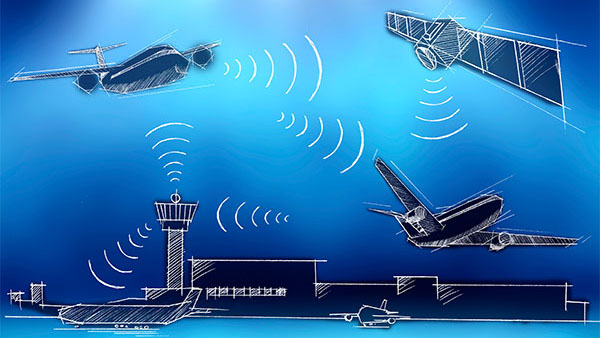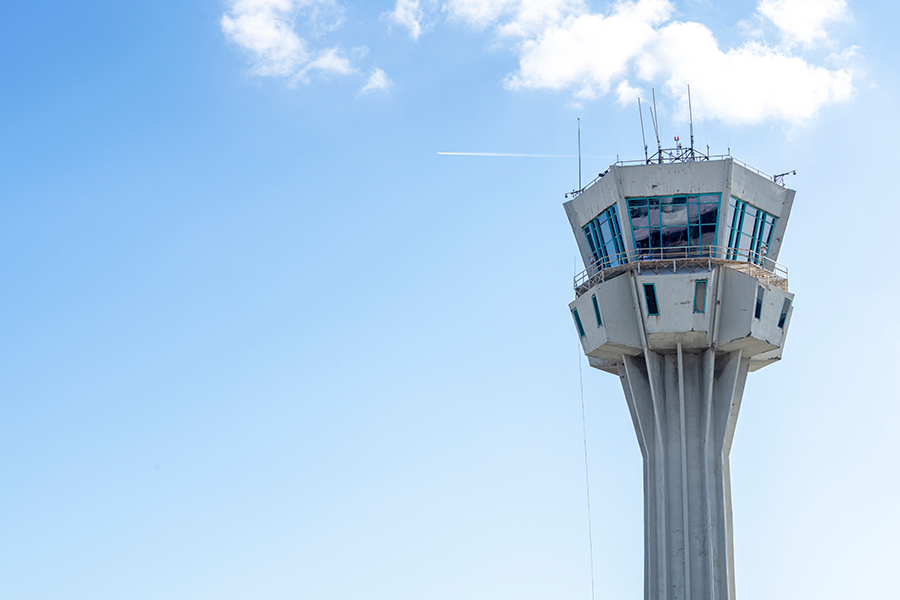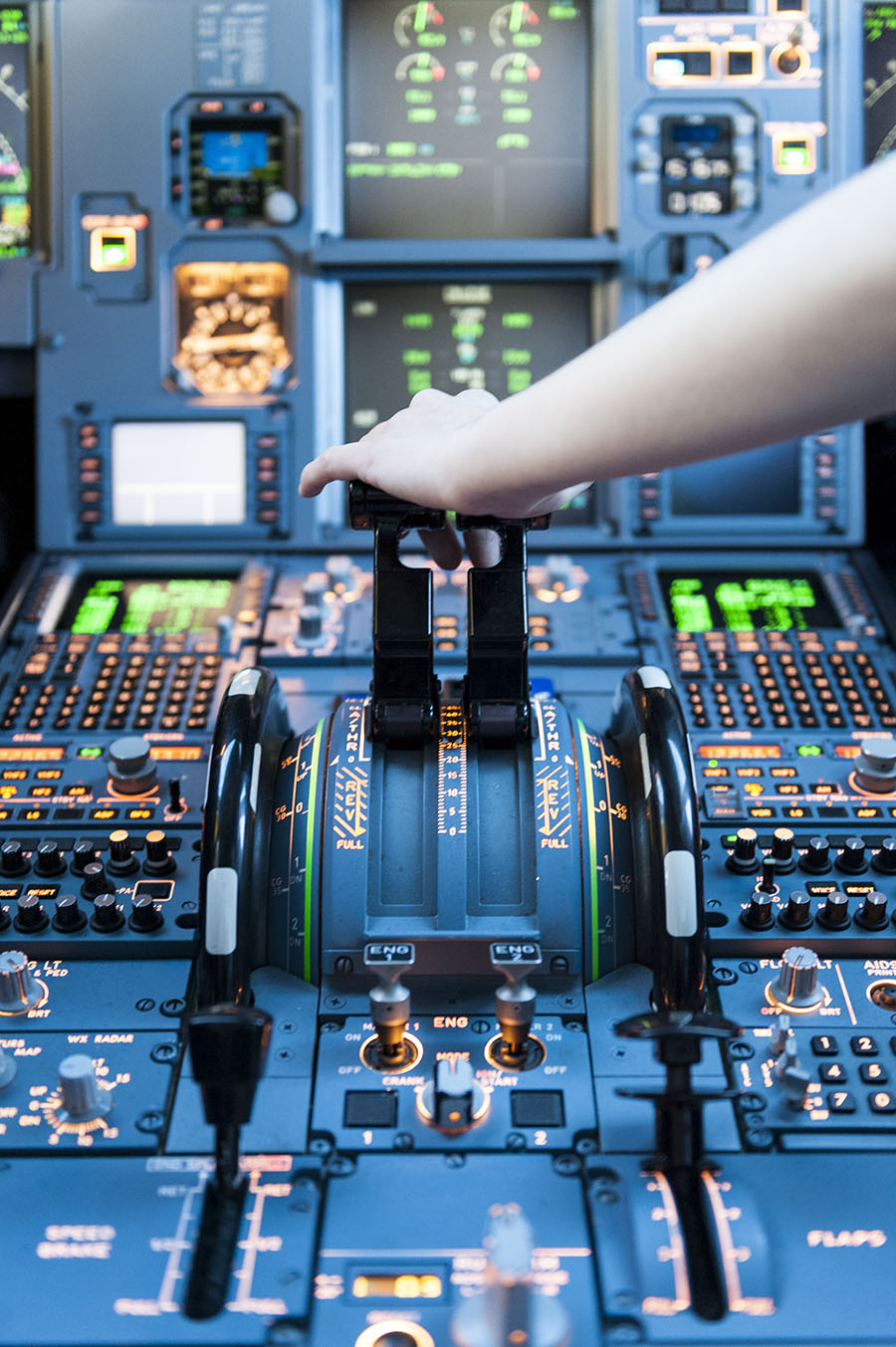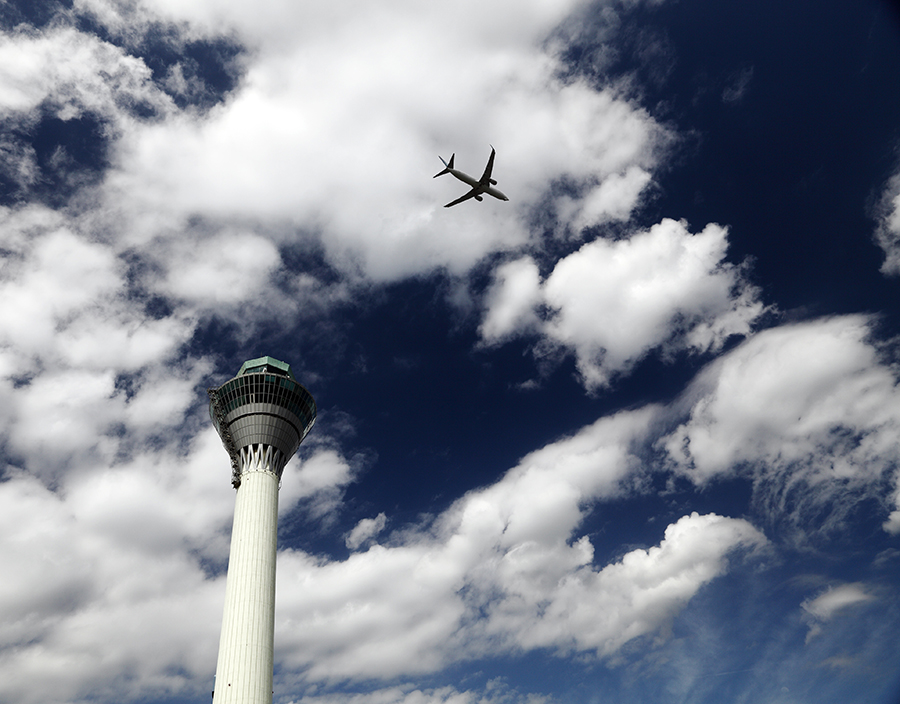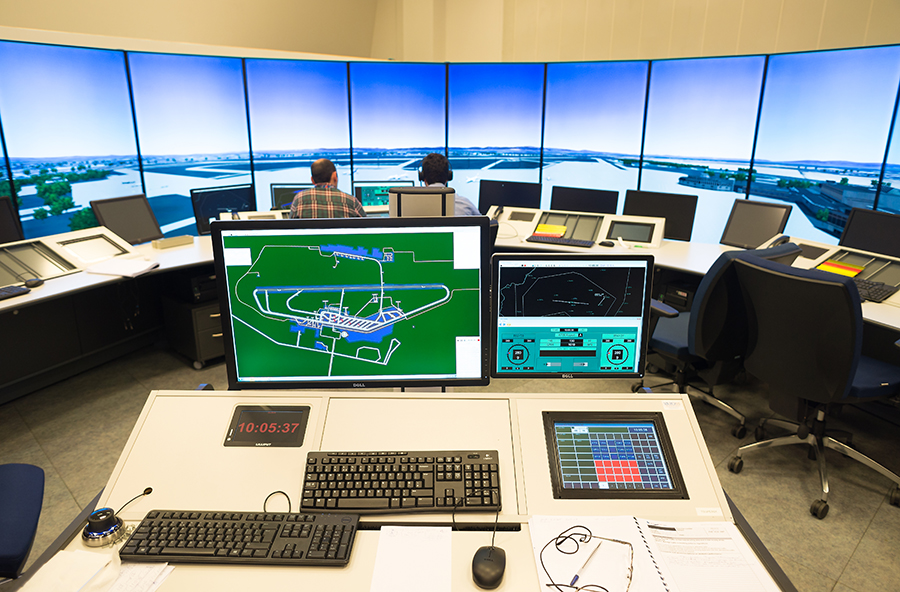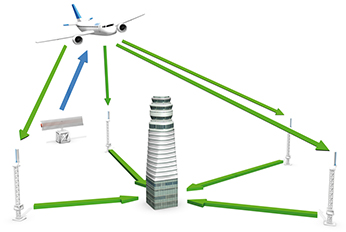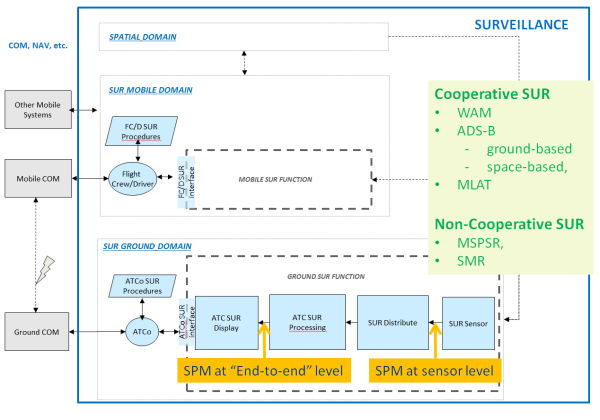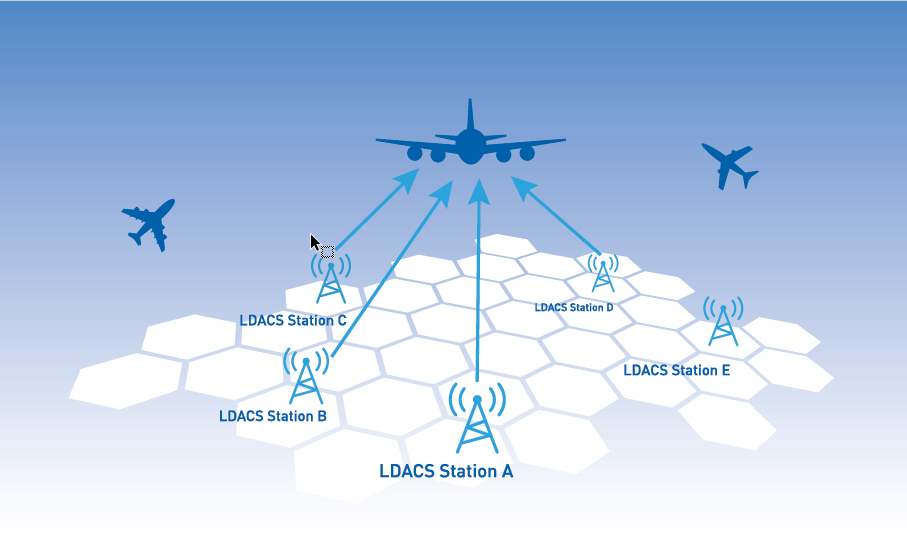The demand for international air travel is growing, resulting in an increase in air traffic management requirements. Communication, navigation and surveillance (CNS) systems are the building blocks on which air traffic management operates. As such, CNS solutions need to be integrated into a holistic system of systems to allow convergence with universal infrastructure and a common concept of operation. In addition, CNS systems for both air and ground applications should make efficient use of resources and be cost-effective. The EU-funded PJ14-W2 I-CNSS project will identify and develop advanced technologies related to CNS fields aiming to support and direct the operational services in the future air traffic management system at European level.

Industrial research PROJECT
Integrated Communication, Navigation and Surveillance System (Wave 2)
In short
|
|
|
|---|---|
|
PROJECT ID
|
PJ14-W2 I-CNSS |
|
PROJECT TYPE
|
Industrial research |
|
FLAGSHIP
|
Not applicable |
|
STATUS
|
Completed |
|
SESAR PROGRAMME
|
SESAR 2020 |
|
PROJECT DURATION
|
2019-12-01 > 2023-06-30 |
|
TOTAL COST
|
€ 38 518 714,96 |
|
EU CONTR.
|
€ 18 467 875,99 |
|
GRANT ID
|
874478 |
|
PARTICIPANTS
|
Leonardo, Airbus, Deutsches Zentrum für Luft- und Raumfahrt, Letove prevadzkove, Naviair, DFS Deutsche Flugsicherung , Direction Des Services De La Navigation Aerienne (DSNA), Enaire, Enav, Eurocontrol, Frequentis, Honeywell Aerospace, Indra Sistemas Sa, Airtel Atn , Sintef, NATS, Thales Las France , Thales Avs France , Stichting Koninklijk Nederlands Lucht - En Ruimtevaartcentrum, Rizeni Letoveho Provozu Ceske Republiky Statni Podnik, Oro Navigacija, Polska Agencja Zeglugi Powietrznej, Austro Control , Hrvatska Kontrola Zracne Plovidbe, Udaras Eitliochta Na Heireann - The Irish Aviation Authority (IAA), Luftfartsverket, Eviden, HungaroControl, Saab Aktiebolag |
Delivering an integrated communication navigation and surveillance system for Europe
The European aviation infrastructure has traditionally relied on separate communications, navigation and surveillance (CNS) solutions so that one domain could back up another at an operational level. This legacy structure, however, fails to take advantage of cross-domain synergies between technologies, or the significant benefits arising from global navigation satellite systems (GNSS). To modernise this infrastructure, the SESAR Joint Undertaking developed an integrated CNS concept to provide operational and cost-benefit improvements to airspace users and air navigation service providers, taking advantage of satellite-based systems and digital technology.
This is where the project PJ.14 W2 I-CNSS comes in - the project aimed to develop an integrated suite of CNS solutions to meet the operational requirements of air traffic management in the short, medium and long term. Added to that is the goal to ensure that these solutions are interoperable globally, as outlined in the ICAO Global Air Navigation Plan (GANP).
Performance requirements for CNS systems are becoming increasingly complex and demanding and need to be considered as part of an integrated common infrastructure, which includes air and ground systems and a unified concept of operations. The successful implementation of the new technologies developed in the project also provide sure improvement in the secure and safe data communications; in particular, improvements in navigation enhancing environmental sustainability. The project paves the way to European harmonisation, cooperation between ANSPs, industry and international organisations, as well as interoperability between the civil and military aviation.
Coordinated by Leonardo, the project brings together 29 beneficiaries from 19 countries across Europe. It is one of several projects of the SESAR Joint Undertaking (Europe’s programme to modernise air traffic management).
Related Solutions




